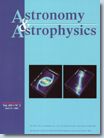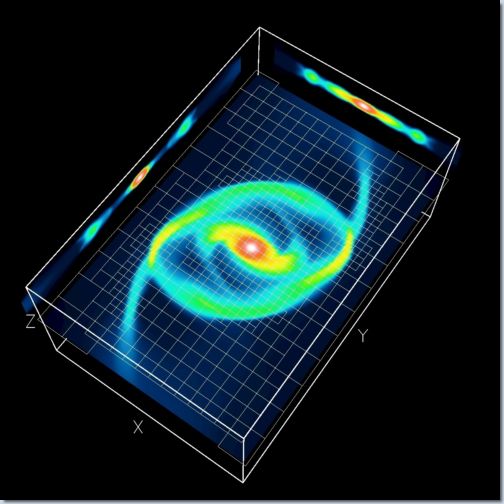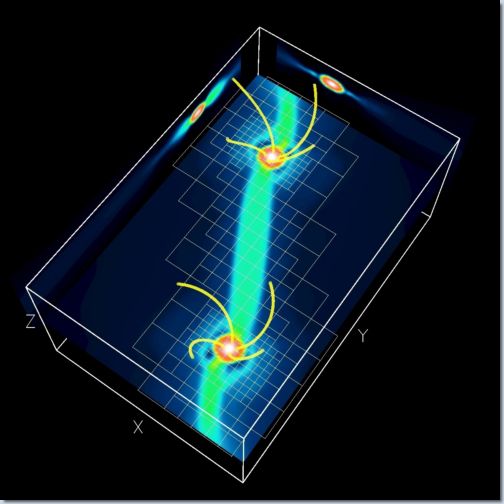 |
|
Astronomy & Astrophysics titles:
Self-gravitational MHD with NIRVANA3
|
Numerical adaptive-mesh gravito-magnetohydrodynamics
Many astrophysical problems are tackled by numerical simulations of gas flows. NIRVANA is a computer code written by Dr. Udo Ziegler which follows the motion of gas and its interaction with magnetic fields. Since the gas has its own gravity, dense parts of the fluid can attract others, and collapsing contraction of gas cores is the consequence. This self-gravity is also featured by NIRVANA.
Cloud collapse followed by fragmentation is a challenging problem in star formation theory. The enormous differences in size and density between the initial molecular cloud and a protostar are very hard to treat numerically. No three-dimensional MHD simulations have hitherto been successful in covering the entire process. NIRVANA3 employs state-of-the-art numerical techniques to improve our pictures of several astrophysical processes in which magnetic fields play a role.
In the example given here, the nearly homogeneous initial gas distribution of the cloud turns into very compact structures. Classical grid codes would resolve both the compact cores and the ambient medium with grid cells of equal size. Adaptive mesh refinement, however, as it is implemented in NIRVANA, increases the number and reduces the size of grid cells only where it is necessary to resolve the small-scale structures, while the ambient medium is sufficiently covered by a few coarser grid cells.
Without adaptive mesh refinement (AMR), a computation with comparable quality would have required 8192 x 8192 x 8192 grid cells in the x, y, z, directions, respectively, which is more than the largest numerical magnetohydrodynamic computation ever done in the world. Such an imaginary simulation would require nearly 140 Terabyte computer memory and take months on a supercomputer, while the present calculations by Ziegler take 1-2 days on a desktop PC thanks to the intelligent refinement of grid cells.
R. Arlt
Publication
U. Ziegler, 2005: Self-gravitational adaptive mesh magnetohydrodynamics with the NIRVANA code
Astronomy & Astrophysics 435 (Nr. 2), p. 385
[Paper draft]
|
|

Density structure of a barotropic collapse without magnetic field

Density structure of a barotropic collapse with magnetic field
|
|


 last change 2005 July 7, R. Arlt
last change 2005 July 7, R. Arlt


